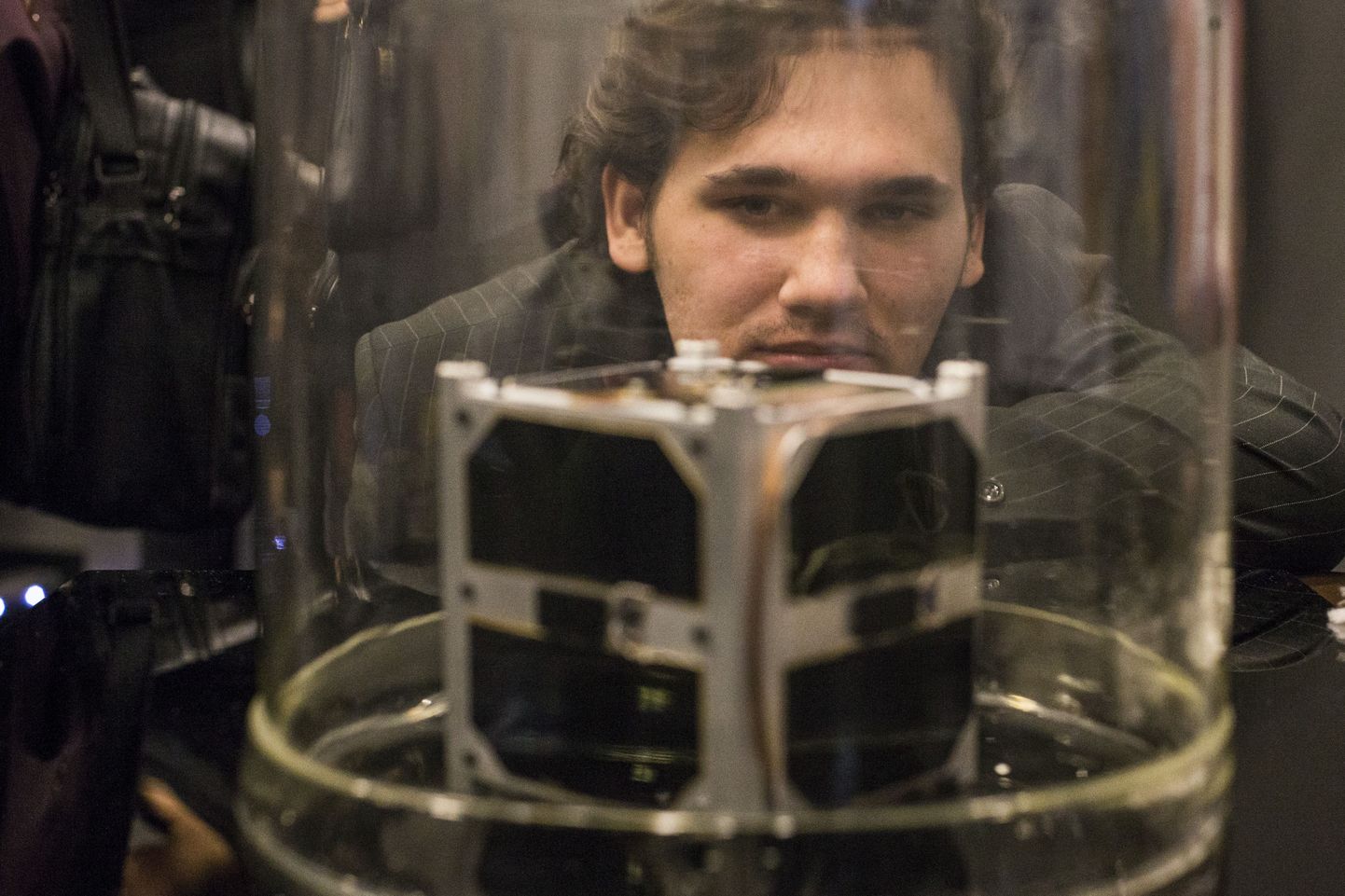
Estonian student satellite ESTCube-1 on Friday morning escaped a collision with space debris but the program's team got another collision warning for Sunday morning.

Estonian student satellite ESTCube-1 on Friday morning escaped a collision with space debris but the program's team got another collision warning for Sunday morning.
"We got the first signal from ESTCube-1 about five seconds ago so the satellite is in excellent condition and got safely through the collision threat," coordinator of the project Mart Noorma told BNS at 10:08 a.m. on Friday, shortly after ESTCube-1 reappeared into the signal area. Noorma didn't know how far from the satellite the space junk passed. "We will hear it from the Americans since we don't have means to measure it but I would say about 200 meters," he said.
The team of ESTCube-1 got a warning on Friday that another piece of space junk was endangering the satellite on the morning of Aug. 4. "This time it is a piece from a Russian carrier rocket which is about 30 times bigger than the piece that jeopardized us today," he said. "The good news is that it will pass ESTCube-1 about four times further but as usual we can never be certain about that," he added.
According to Noorma the next incident might occur on Sunday at 8:23 a.m. Estonian time and the fate of the satellite would become clear after 10 a.m.
ESTCube-1 is a cubesat measuring 10 x 10 x 10 cm and weighing 1.33 kilograms. It was flown into space on May 7 this year and is the first ever satellite of Estonia. ESTCube-1 is moving at a speed of 7.5 kilometers per second or 27,095 kilometers per hour, being probably the fastest moving object ever built in Estonia.
Students from the University of Tartu, the Estonian Aviation Academy, Tallinn University of Technology and the University of Life Sciences took part in the project that is led by researchers from Tartu Observatory and the University of Tartu. The development of different components of the satellite took place in international collaboration and articles related to the work have been published in numerous scientific publications.